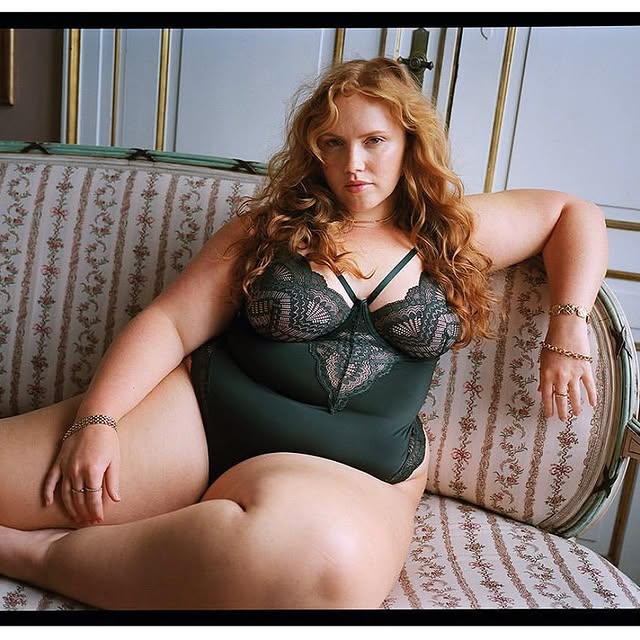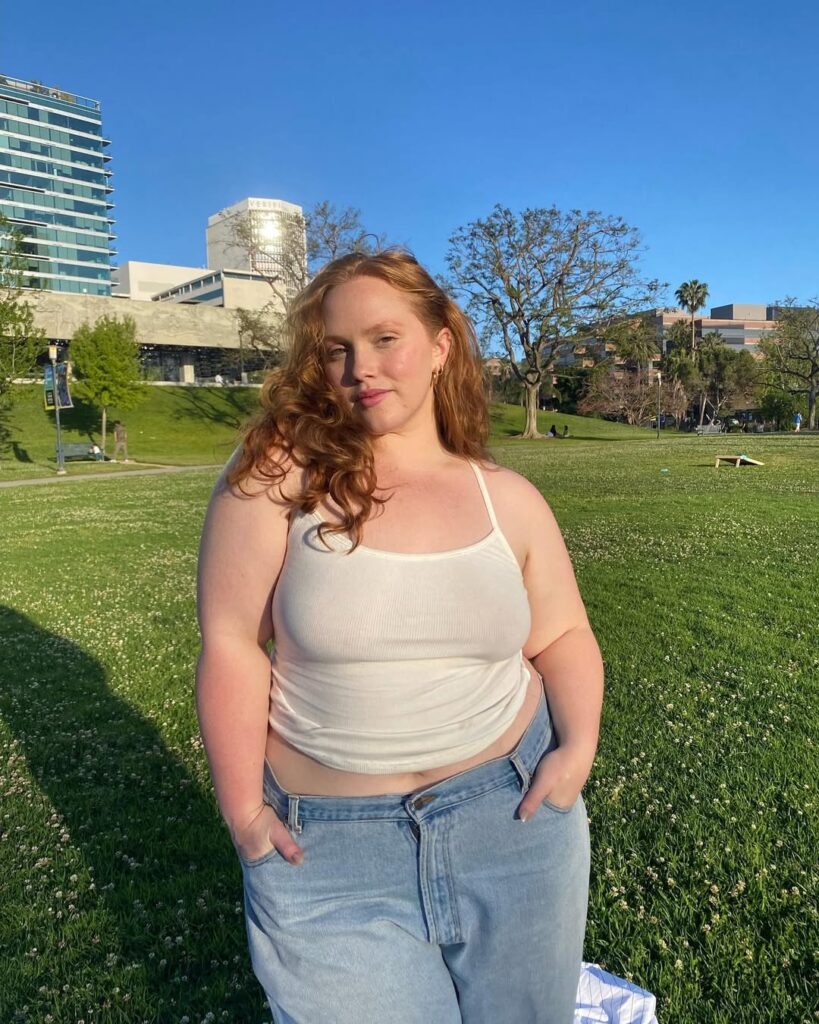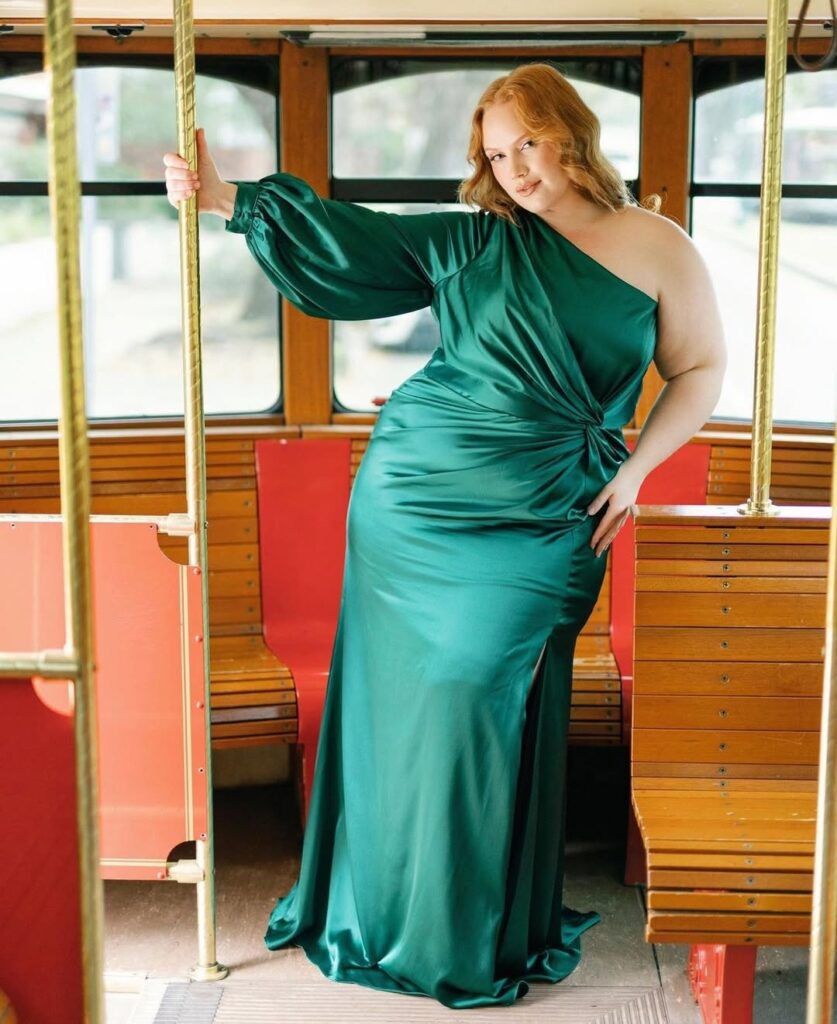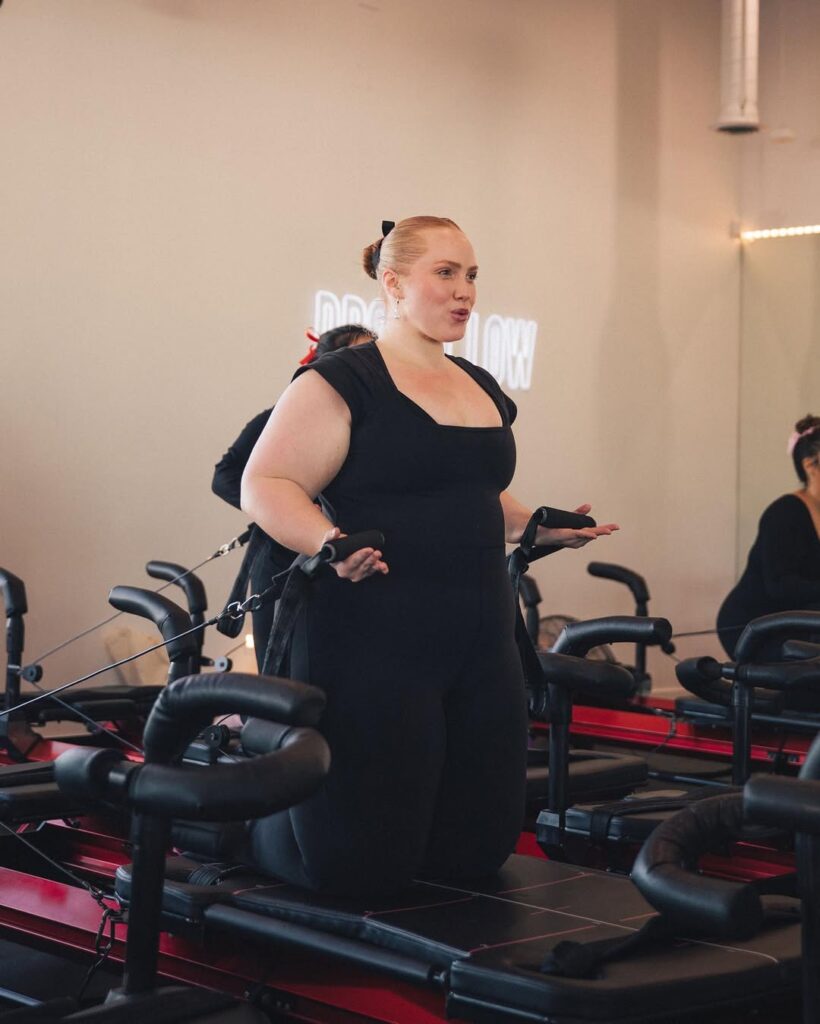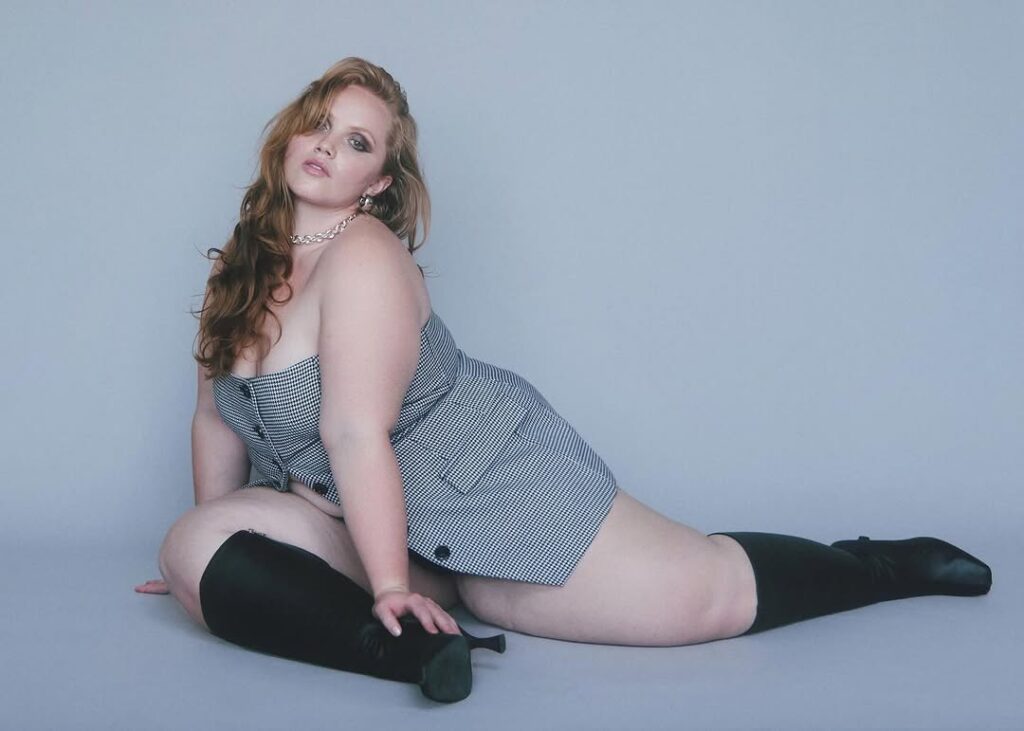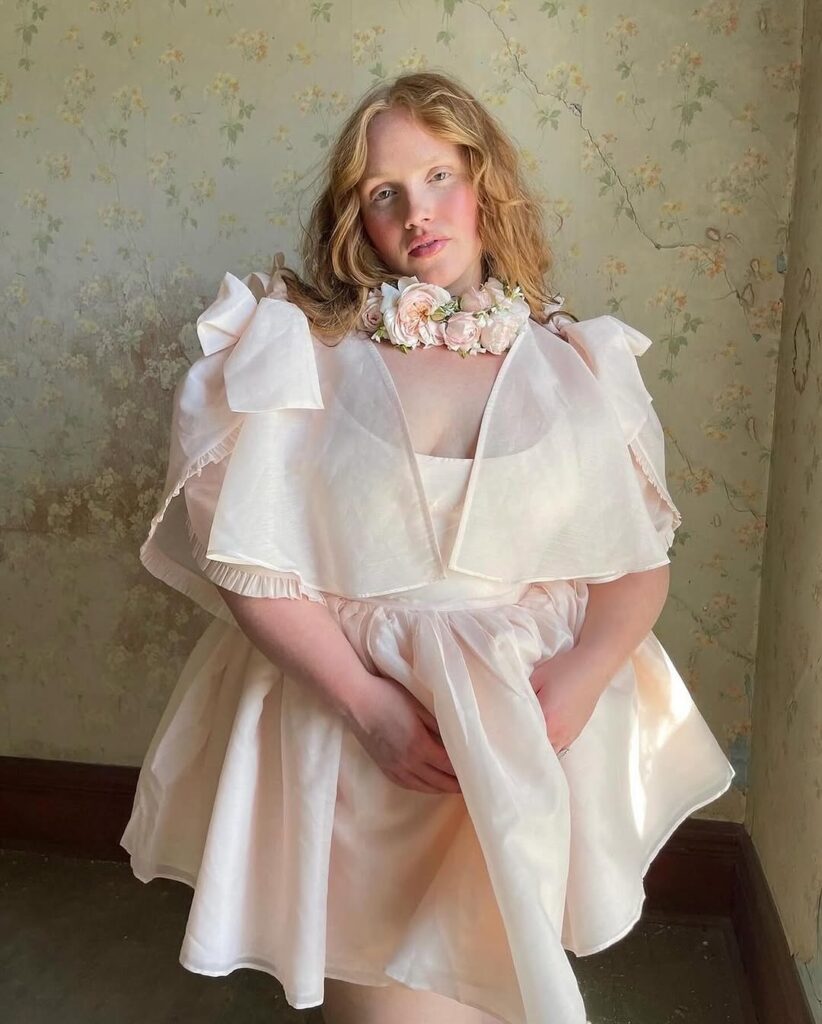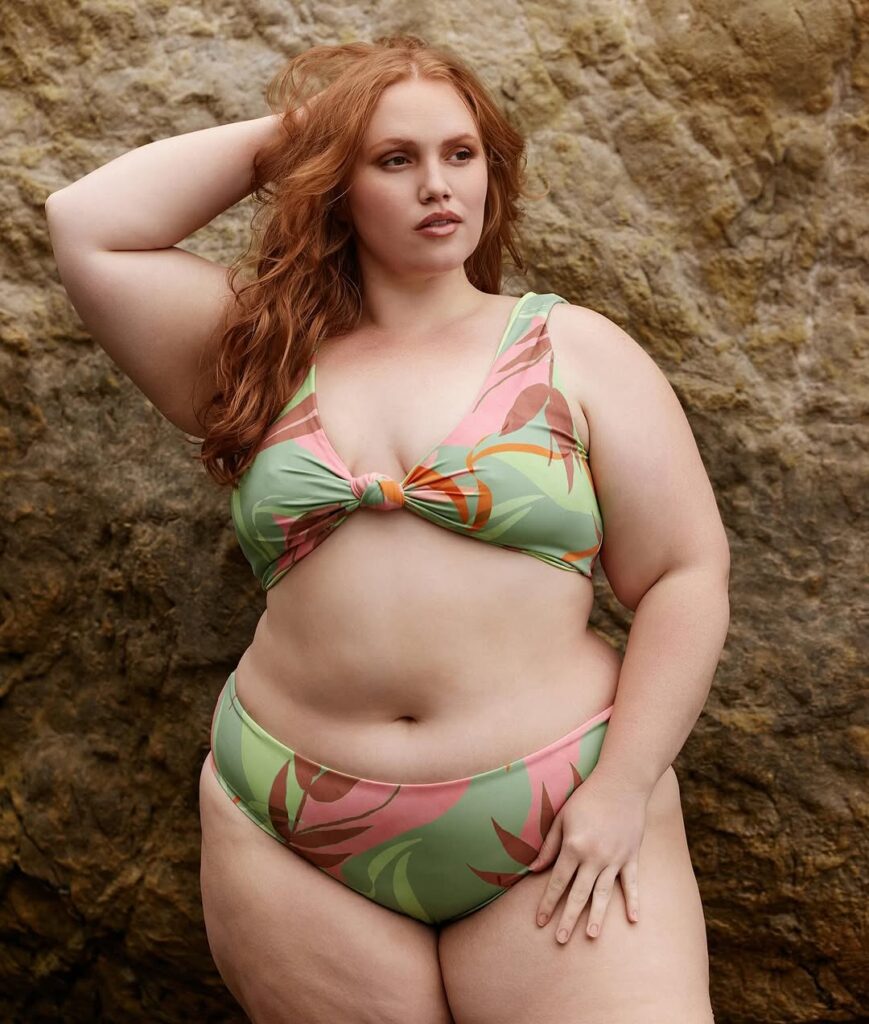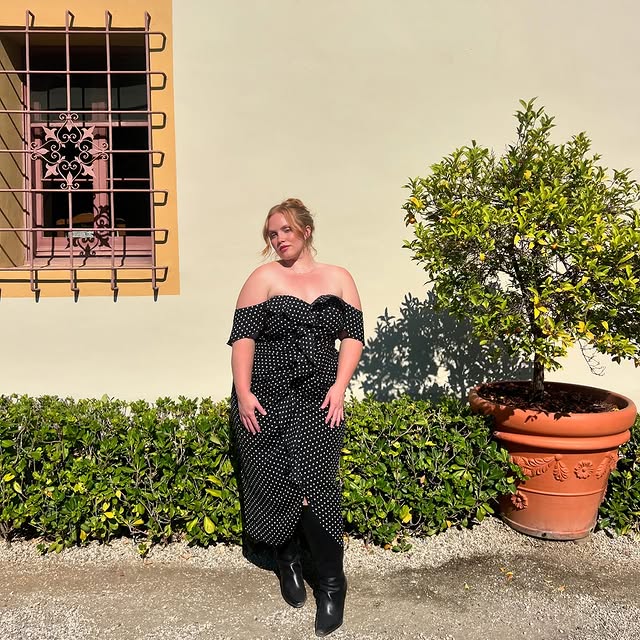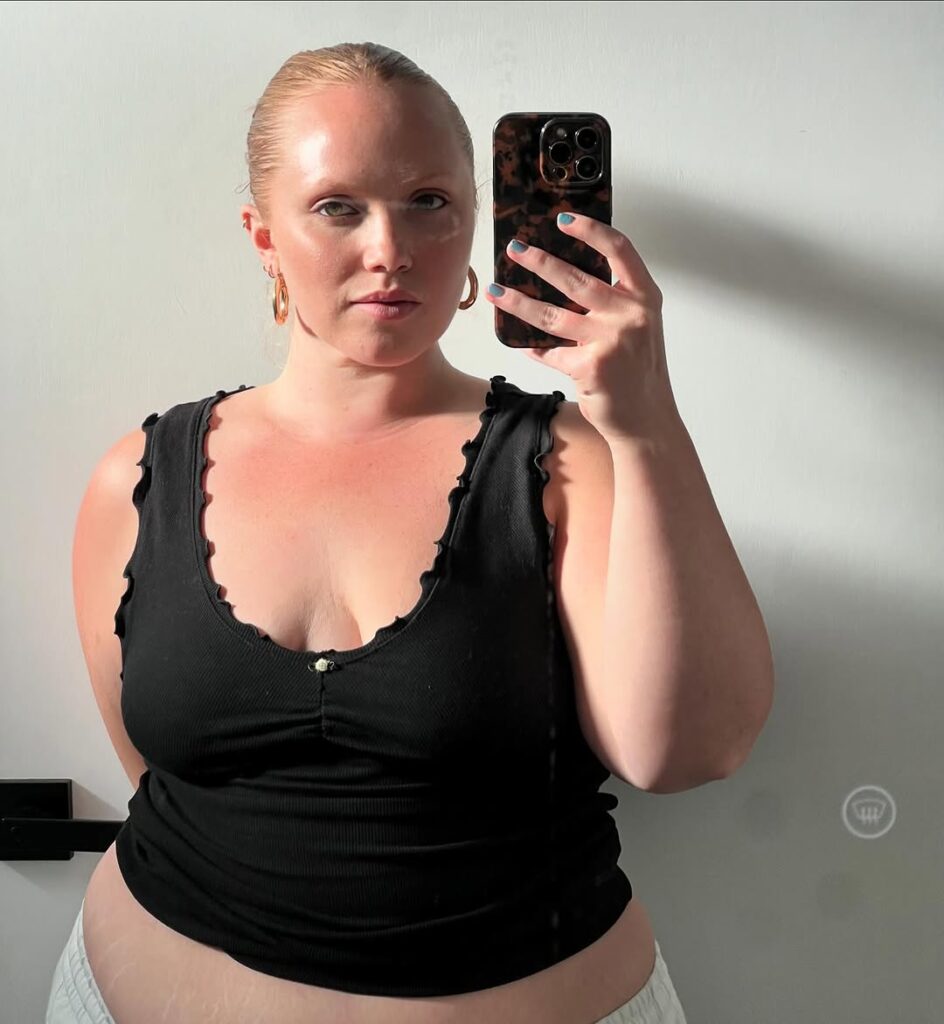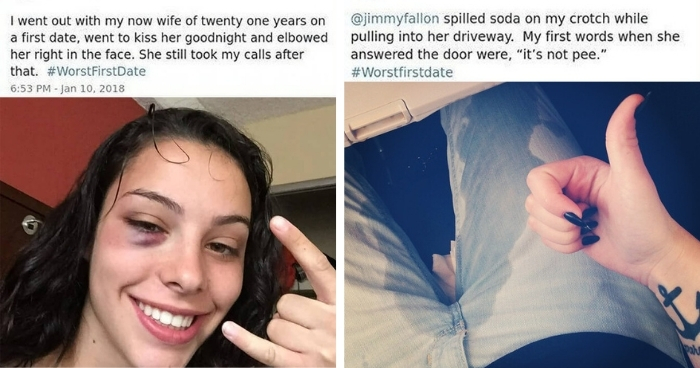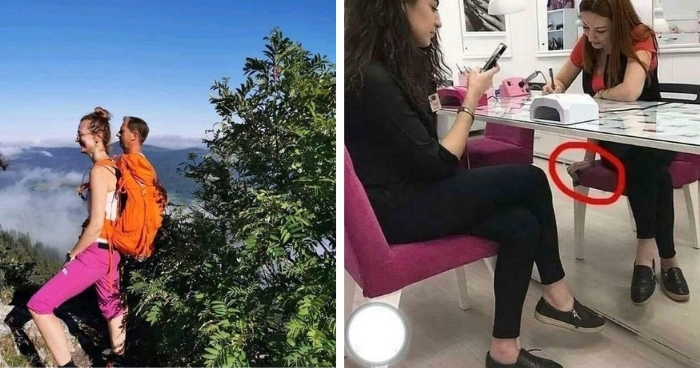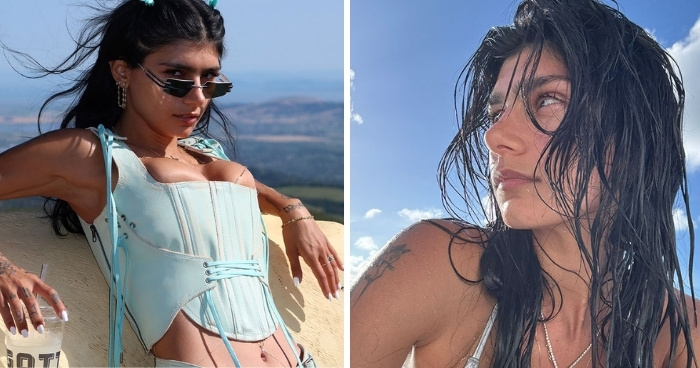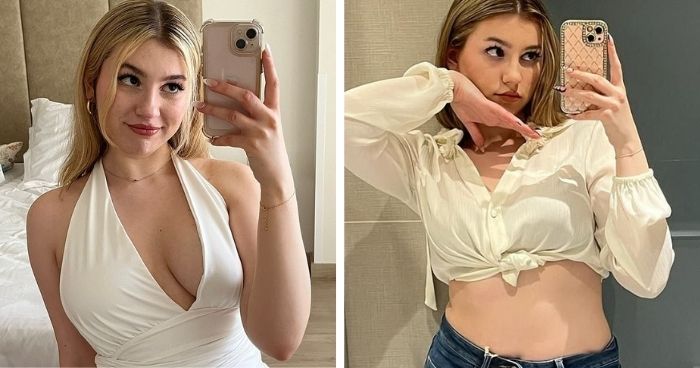Ozempic Trend Sparks Fear of Extinction for Plus-Size Models in Fashion
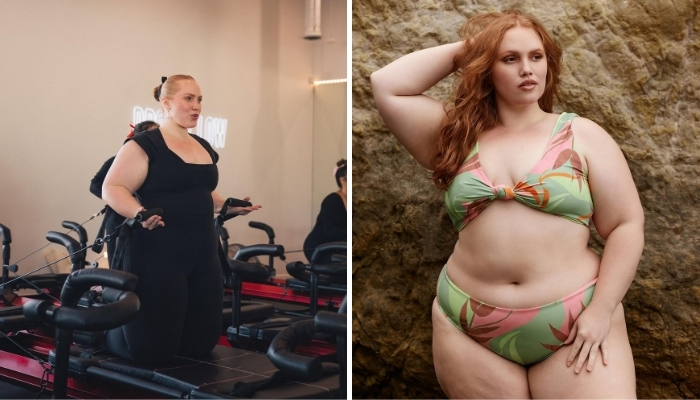
A fashion industry insider just dropped a bomb online — claiming that “plus-size models are going extinct.”
And honestly? They might be onto something.
Lynley Eiler, a well-known fashion contractor, called out how the presence of curve and plus-size models at major events like New York Fashion Week and London Fashion Week has seriously declined over the past few years.
What used to be a big win for body positivity, inclusive fashion, and diversity in modeling now seems to be fading fast. The runways that once celebrated all body types are slowly shifting back to a one-size-fits-all look — and people aren’t happy about it.
It’s sparking a heated convo across social media about whether the fashion industry’s “inclusivity trend” was ever genuine or just another marketing move.
Advertisement – Continue Reading Below
Model and body-positivity activist Felicity Haywood isn’t holding back — she says the reason behind this shift is crystal clear: the rise of Ozempic weight loss injections.
Ever since Hollywood celebrities and influencers started buzzing about Ozempic for quick weight loss back in 2023, it feels like the fashion world has done a complete 180. The industry that once championed plus-size fashion and body diversity is now slipping back into that old obsession with super-thin beauty standards.
It’s honestly wild. The same fashion world that was all about self-love, body positivity, and inclusivity is now letting a weight loss drug trend decide what’s considered beautiful on the runway.
From fashion week models to social media influencers, everyone’s chasing the “Ozempic body” — and it’s changing the way brands market clothes, beauty products, and even lifestyle content.
Lynley Eiler says that even the most illustrious of plus-sized models are struggling to find work
Eiler, who’s been rocking the plus-size modeling world for the last five years, says the community of curvy models is actually super small.
“We all know each other,” she shared in a video posted on July 4. “It’s a tight-knit group.”
According to her, the ones who land regular gigs are easy to spot — it’s a small scene, and you know who’s consistently booking the top fashion campaigns and editorial shoots.
But lately? That scene is shrinking fast. The demand for plus-size models and full-figured fashion campaigns has dropped noticeably as more brands chase the “thin is in” look again.
With the growing obsession over Ozempic weight loss injections, skinny body trends, and Hollywood’s glam revival, curvy bodies are slowly being pushed off the runway — again.
It’s frustrating, especially after years of progress in body positivity, size inclusivity, and diverse representation in fashion. The shift makes it feel like the industry is unlearning everything it once celebrated.
“You know it’s bad when even those girls are DM’ing you like, ‘me too,’” Eiler said.
She revealed that it’s not just the newer faces struggling to find work — even the OGs of the plus-size modeling scene, the same women who paved the way for body diversity, are feeling the pressure. These are the icons who made her proud to love her body, and now even they’re getting fewer calls.
The shift is hitting hard. Fueled by the Ozempic weight loss craze and brands chasing skinny runway aesthetics, the industry that once celebrated curves and confidence is turning its back on the very people who built that movement.
It’s almost like the progress made in body positivity, plus-size fashion, and diversity in modeling is being erased overnight — all because a new body trend took over TikTok and Hollywood red carpets.
What’s worse? Many insiders say this isn’t just about beauty standards — it’s about profit. As the Ozempic trend drives massive buzz around “effortless weight loss,” brands see a chance to cash in on the hype, even if it means abandoning inclusivity.
Model/activist Felicity Haywood echoed Eiler with claims she was been rejected to the point that she was offended
In her March 18 op-ed for Glamour Magazine, Felicity Hayward dropped a story that perfectly sums up how plus-size fashion is really treated at major events — and honestly, it’s pretty telling.
She wrote: “We’d love for you to attend our fashion week show.”
Her response? “Are you providing dressing options?”
And the designer’s reply — the one that says everything about the industry’s attitude — was: “Nothing in your size, sadly… but we do have these really fun earrings!”
Yep. Earrings.
Felicity Hayward explained that back in 2019, this kind of conversation wasn’t rare — it was routine. During London Fashion Week, she’d constantly run into designers who were all too happy to invite her for the photo ops and inclusivity points, but not enough to actually dress her.
After a while, it stopped being awkward and started being downright offensive. The message was loud and clear: you can show up, but your body isn’t welcome in our clothes.
It’s this kind of performative inclusivity that’s driving so many plus-size fashion advocates to speak up again. Because even with all the talk about body positivity, representation, and diversity in fashion, the reality hasn’t changed as much as the glossy campaigns make it seem.
Hayward’s story perfectly exposes how deep-rooted the issue still is — that even as brands profit off the body positivity movement, they often fail to make true size inclusivity part of their design and runway culture.
Exactly — Hayward’s story shined a harsh light on one of the biggest hypocrisies in the fashion industry. It showed how curve models and full-figured women were often excluded from the actual runway experience, yet still expected to show up, smile, and represent the brand like everything was fine.
As Hayward pointed out, the fashion world can’t claim to be inclusive if it only includes you for the photo, not the fitting.
Haywood claims she was made to feel grateful at fashion shows
Hayward admitted something a lot of plus-size women in fashion can relate to — for years, she felt like she had to be grateful just to get invited to Fashion Month shows.
Why? Because she didn’t have what the industry still calls a “fashion-worthy body.” You know, the thin, sample-size silhouette that continues to dominate most runways, editorials, and brand campaigns.
She said that even when she was invited, it felt like she was there as a guest, not as part of the fashion conversation. It’s the same quiet pressure so many curve models and plus-size influencers talk about — being made to feel like your body is the exception, not the norm.
Hayward’s honesty hit hard because it called out the performative nature of modern fashion inclusivity — where brands love to market diversity, but rarely change the system that shuts people out.
And that’s the crazy part — Felicity Hayward wasn’t some newcomer trying to break into the scene. She had already built an impressive decade-long career filled with high-end fashion editorials, major beauty campaigns, billboards, and countless magazine covers. She earned her spot in the industry.
But still, her size was treated like a problem.
“Being plus-size was still an issue. Plus-size models were still an issue,” she said.
Let that sink in. Even after years of success, credibility, and visibility, she was still being judged by her measurements instead of her talent.
It’s a brutal reminder of how deeply rooted weight bias in fashion really is. The industry’s obsession with thinness, sample sizes, and ‘ideal’ body shapes continues to overshadow skill, creativity, and experience — especially for women who don’t fit the mold.
This is the part of fashion’s body positivity movement that doesn’t make the headlines: the emotional toll it takes on models who constantly have to prove that their bodies belong in the same room as everyone else’s.
With all this in mind, Felicity Hayward decided she’d had enough of just talking about the problem — she wanted proof. So she started keeping track.
Show after show, season after season, she began documenting how many full-figured and plus-size women were actually walking the runway during Fashion Week events.
And this wasn’t just about curiosity — it was her way of holding the industry accountable. By putting numbers to what so many curve models already knew, Hayward wanted to show how little space plus-size representation really has in a world obsessed with Ozempic weight loss trends, sample-size culture, and skinny fashion standards.
It was a quiet act of rebellion — collecting data in an industry that thrives on perception, not reality. Because while fashion magazines and luxury brands love to market “inclusivity,” the runways still tell a different story — one that’s shrinking fast for curvy women and body diversity.
The situation improved briefly in 2022, but the advent of Ozempic reversed the progress
By the time 2022 rolled around, Felicity Hayward started noticing a serious shift in the fashion world’s energy — and not in a good way. The buzz had completely changed. Suddenly, everyone was talking about the return of “heroin chic” and how “skinny is back.”
That obsession with ultra-thin bodies hit the industry like a reset button, pulling fashion right back into the same narrow beauty standards it had been trying to escape. Runways, magazines, and even social media styling trends started glorifying that sharp, angular, size-zero aesthetic again — the exact opposite of the body positivity movement fashion had been championing just a few years earlier.
But even with the industry’s thinness revival, there was a flicker of hope. Later that year, around 70 plus-size models made it onto the runways — with New York Fashion Week leading the way, featuring 49 curve models.
Still, the numbers spoke for themselves — 70 out of hundreds of models across global fashion weeks is barely a drop in the couture bucket. The spotlight was clearly shifting back toward thin-focused fashion trends, leaving plus-size representation fighting to stay visible.
By February 2023, things took a nosedive. The number of plus-size models walking the runways dropped to just 31 — a steep fall from the previous season.
There was a brief rebound that September, climbing back up to around 70 plus-size models, but the progress didn’t stick. By early 2024, the count slipped again, and by that September, it had fallen to only 46.
Fast forward to 2025, and the situation hit rock bottom. The presence of curve and plus-size models on the runways reached one of its lowest points in years — almost like the industry had quietly erased the inclusivity movement it once celebrated.
Hayward broke down the numbers in one of her reports, and the math was staggering:
“This season had over 91 designers showing, with an average of 40 looks each. That’s roughly 3,640 outfits on the runways. Out of all those, only 23 were considered curve or plus.”
Let that sink in — 23 out of 3,640. That’s less than 1% of all the looks presented.
For an industry that once prided itself on body positivity, inclusivity, and representation, those numbers paint a harsh picture. It’s not just a trend fading — it’s a full-blown regression.
And it’s not happening in silence. Models, stylists, and even fans are calling it out, demanding accountability from brands that once championed diversity in fashion. But the growing influence of Ozempic-driven beauty standards, “clean girl” aesthetics, and skinny runway trends keeps pushing curvy representation further into the background.
That’s less than 1% representation — a shocking number for an industry that once proudly preached body positivity, inclusive fashion, and diverse beauty standards.
And according to Felicity Hayward, there’s one major reason behind this dramatic shift: Ozempic.
She explained, “The rise of the Ozempic trend in the U.S. is still sticking around, even three years after it first blew up — and you can clearly see the impact it’s having.”
What started as a prescription drug for type 2 diabetes quickly became the go-to Hollywood weight loss secret, reshaping beauty standards across pop culture and, inevitably, the fashion industry.
Ozempic didn’t just change bodies — it changed expectations. Suddenly, the pressure to appear effortlessly slim skyrocketed, especially among influencers, celebrities, and models. The “Ozempic body” — lean, sculpted, and sample-size — became the new aspirational look for 2025.
From Hollywood celebrities flaunting their Ozempic transformations to influencers hyping it up as a miracle weight loss injection, the ripple effect has been massive — and it’s hitting the fashion industry hard.
The result? A noticeable decline in plus-size model representation and a growing return to those old-school skinny body standards that everyone thought we’d left behind.
It’s like the whole industry did a rewind. For years, fashion had been celebrating body diversity, curvy confidence, and size inclusivity. But now, with the rise of the Ozempic trend, we’re watching that progress quietly unravel.
Runways are slimming down. Sample sizes are shrinking. Campaigns that once featured curve models are now prioritizing that “snatched,” ultra-thin aesthetic again. And while brands are still posting about self-love and empowerment, their casting choices are telling a totally different story.
The message being sent — intentionally or not — is clear: thin is trending again.
The public is divided on the topic
Eiler’s comments definitely stirred up a hornet’s nest online — and the fashion community had a lot to say.
One contributor didn’t hold back, saying: “Even plus-size brands are telling influencers that ‘body positivity is dated’ and they’re moving in a new direction.”
That one hit hard — especially considering that body positivity and plus-size fashion marketing were the very foundations these brands built their reputations (and profits) on. The same companies that once championed curvy representation, inclusive sizing, and self-love are now quietly pivoting away from it — chasing the sleek, “Ozempic body” aesthetic instead.
It’s a sad twist, but not a surprising one. With the rise of Ozempic weight loss trends, the cultural obsession with slim, sculpted figures, and the flood of influencer content pushing “effortless” weight loss, the message is becoming clearer: curves are out, thin is in — again.
One model put it bluntly: “Yep, it’s dry out here.” She pointed straight at the obvious culprit — weight loss drugs.
She added, “The GLP-1 craze really put a hindrance on plus modeling.”
And she’s right. The GLP-1 trend — referring to drugs like Ozempic and Wegovy — has reshaped not just individual bodies, but entire industries. From Hollywood red carpets to fashion week runways, the ripple effect is everywhere.
For plus-size models, it’s more than just fewer bookings — it’s the feeling of being erased. The industry that once promised them a seat at the table is quietly pushing them out of the room.
Another voice chimed in, echoing the same frustration: “Ugh, yes. Ozempic being used recreationally has had so many negative impacts.”
And honestly, they’re not wrong. The GLP-1 weight loss drug boom — led by Ozempic and Wegovy — has completely reshaped the modeling world.
What was once a booming era for plus-size models, inclusive fashion campaigns, and body positivity marketing is now shrinking at a shocking pace. And the reason? The relentless glamorization of these so-called miracle weight loss injections by Hollywood celebrities, social media influencers, and beauty brands chasing the next trend.
Suddenly, being “naturally curvy” isn’t fashionable — it’s being replaced by the Ozempic silhouette: slim, angular, and hyper-controlled. The pressure to “fit the look” has returned stronger than ever, and it’s pushing plus-size representation back to the margins.


